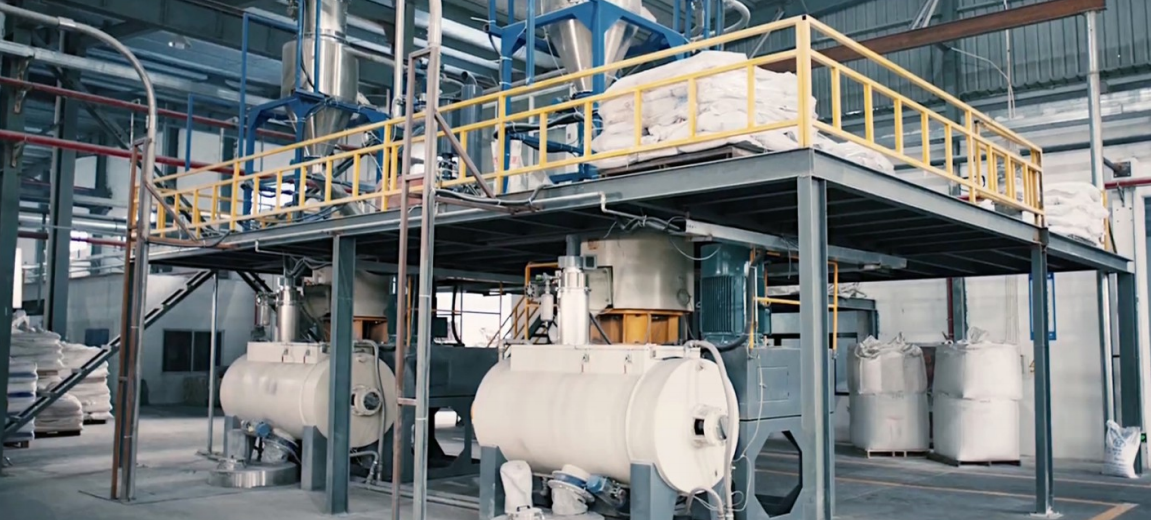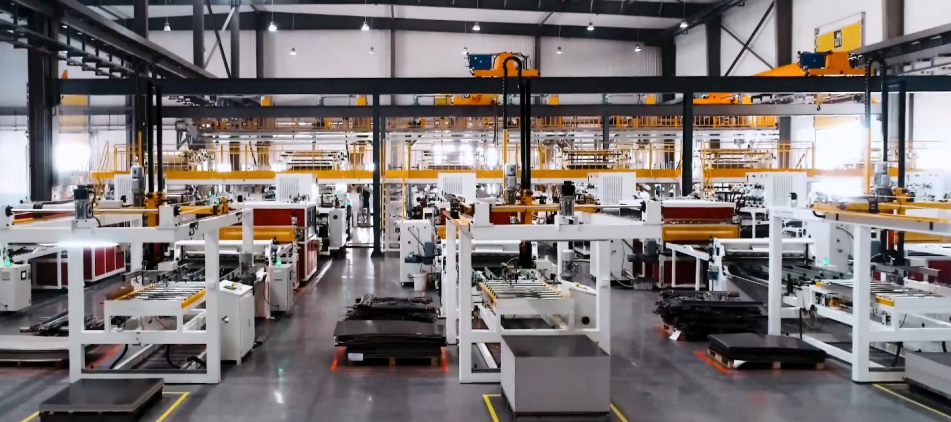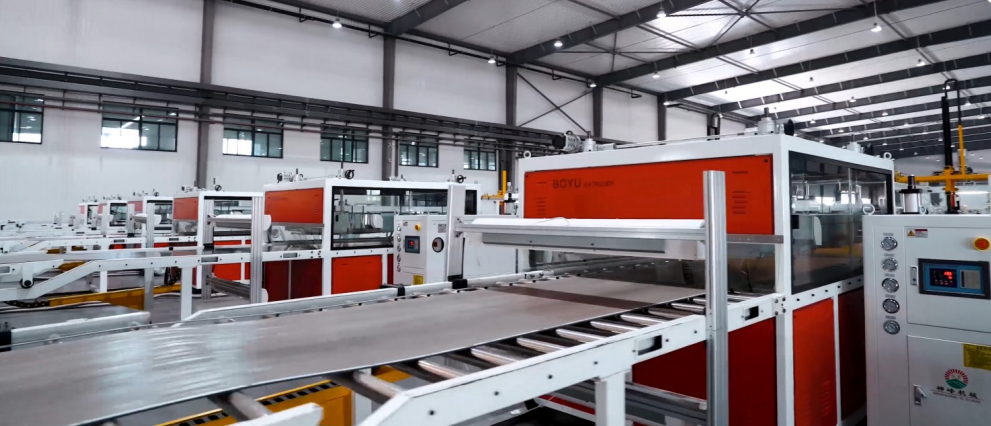Stone plastic composite flooring has becoming a popular option now. It¡¯s an innovative material that combines plastic, stone, and limestone powders with a protective film coating. It replicates the aesthetics of natural stone and wood well. At the same time, it offers exceptional water resistance and moisture protection.
However, constant quality control remains a priority throughout flooring manufacturing and production. Maintaining strict temperature parameters from start to finish is crucial. This article will discuss how temperature control plays an important role in SPC flooring; keep reading!
Temperature Control in the Raw Material Stage
Precisely controlling temperature is important when mixing the raw materials including plastic, limestone, and additives that make up the SPC floor. These materials must be blended together correctly, and temperature fluctuations while mixing can affect various key aspects like consistency, elasticity, and binding properties of the ingredients. Here¡¯s how temperature fluctuations can affect them:
Consistency is impacted, resulting in an uneven distribution of materials if the temperature varies between mixing.
The elasticity of the plastic changes with fluctuations in heat. It impacts factors such as flexibility and durability.
Binding agents may not perform as intended if temperatures stray from optimal levels during the mixing process. This can compromise the structural integrity of the finished SPC flooring.
Temperature Control in the Extrusion Stage
The raw material mixture undergoes the extrusion process to form the SPC flooring planks.
Here, the mixture is forced at high pressure through a heated cylindrical extruder barrel. As it passes through this chamber, twin rotating screws mechanically work the blend and subject it to intense friction, which generates sufficient heat to melt the constituents.
At the end of the barrel, the now-molten material flows under pressure and passed through a narrow, adjustable die or nozzle. It is here that the final shape and thickness of the SPC floor planks begin to take their form before cooling.
Precise temperature control during extrusion is critical. Inside the heated barrel, temperature manipulation directly impacts the melt flow. Its viscosity changes considerably based on heat levels, and inconsistencies will arise if temperatures aren¡¯t stable. At the optimal set point though, ingredients combine uniformly into a consistent melt. This regulated flow allows materials to fully bond as they exit the die. It assures ingredients perfectly blend, resulting in SPC flooring with excellent cohesion and structural integrity.
Temperature management ensures the structural integrity of the finished planks. Variations can affect how consistently the materials bond and set, and further leads to defects such as warping from uneven hardening or an inconsistent thickness across planks. Without proper control, temperature fluctuations compromise the visual appearance and performance of SPC flooring.
Temperature Control in the Cooling Stage
Once extruded, the still-molten SPC flooring planks enter a cooling section, where they transform from a liquid to a solid through precise temperature reduction. Improper cooling endangers quality, and here¡¯s an overview of potential issues:
Uneven or too rapid cooling can cause shrinkage, leaving the planks misshapen or fragile.
Cooling too slowly risks bending as the SPC flooring planks harden unevenly across their length and width.
Surface cracking may occur if temperature changes are too extreme between the outer and inner portions of the planks.
Conclusion
Overall, precisely controlling the temperature at each stage of SPC flooring production is crucial. It helps ensure the manufacturing of a consistent, high-performing final product. As an expert in the industry, we at Boyu understand better than most how even small temperature variations can compromise quality. Our SPC Flooring Production Line ensures precise temerature control in every section:
lRaw Material Stage: The raw materials are mixed at a high speed andthe temperature is raised to 125¡æ-130¡æ to melt the processing aids and remove the water vapor in the raw materials. Then they get cool down quickly through the cold mixer to prevent pre-plasticization or volatilization and decomposition of processing aids.
lExtrusion Section: With 6 zones, Boyu uses temperature control modules and relay boards to complete heating or heat dissipation output, and use high-precision thermocouples for to achieve precise temperature control.
lCooling Section: The sheet material is shaped after being cooled by the oil temperature controller to make the bonding stronger.
At Boyu, our goal is to create machinery that simplifies SPC flooring production while optimizing quality. Visit our website or contact us directly to discuss which PVC flooring production line best fits your needs!




